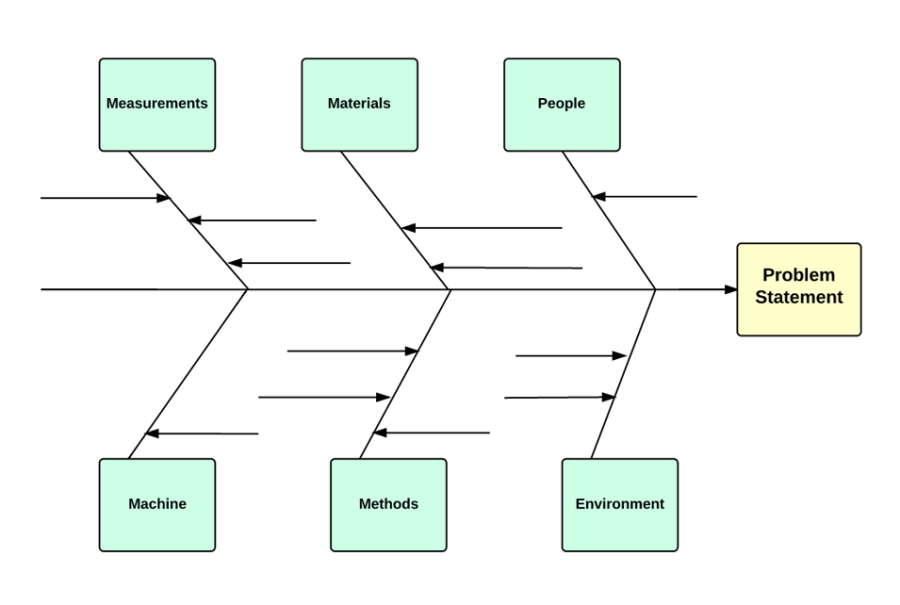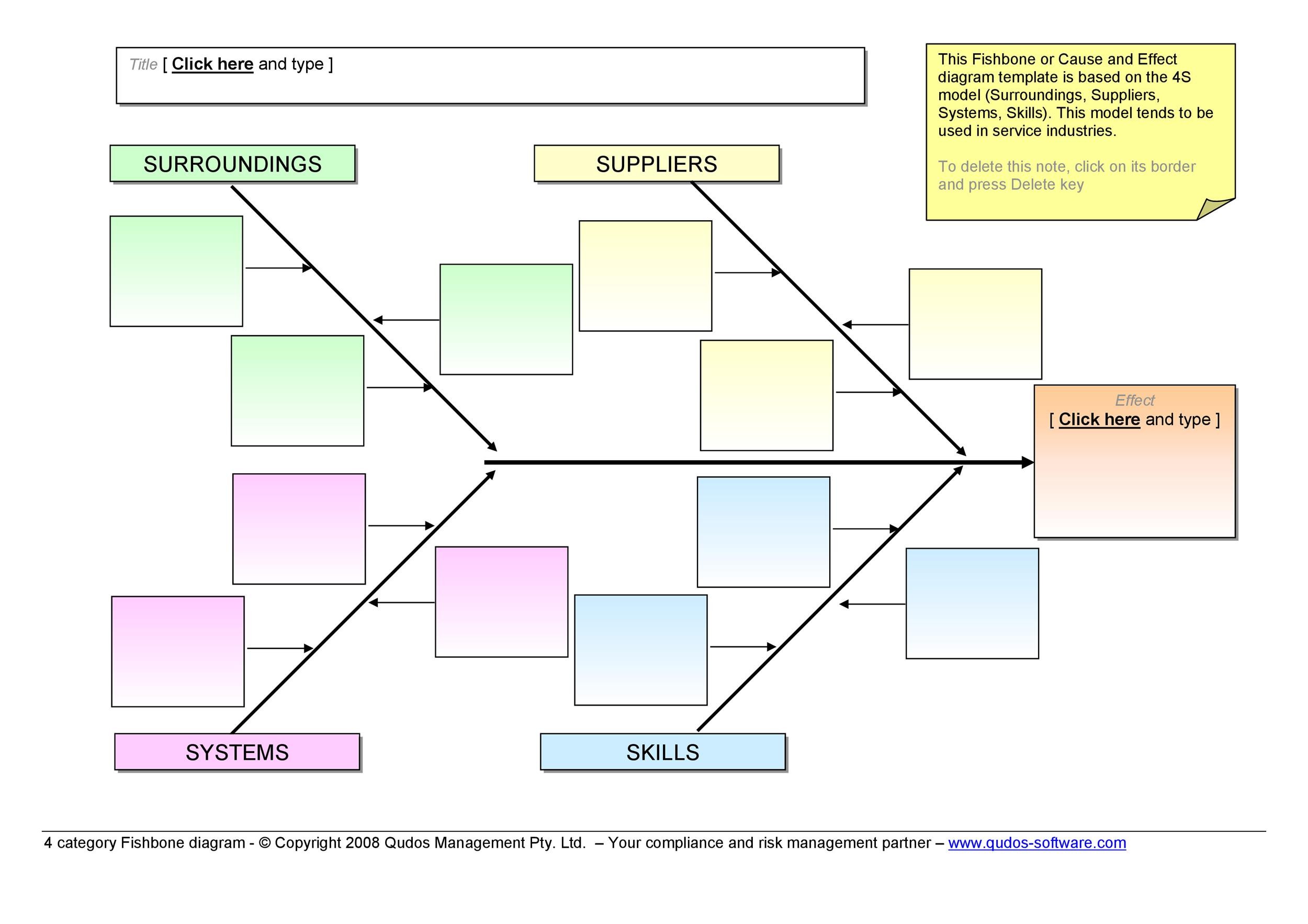

It is easy to see what the investigator sees as the main problem (the head of the fish), the major factors influencing performance (the main bones attached to the spine), and the potential causes (the minor bones). Like 5-Whys and Brainstorming (which can be used to develop the “bones”) the technique is simple to learn and apply. Let’s start with the fact that a Fishbone Diagram is fairly easy to use. Fishbone Diagram “Pros”įirst, let’s review the pros of using Fishbone Diagrams for root cause analysis. Now that you understand what a Fishbone Diagram looks like and how you might draw one, let’s review the pros and cons of the technique when it is used for root cause analysis. The diagram above comes from this article ( LINK) that also includes the video below that outlines using a Fishbone Diagram.Īnother article used the example below to describe a Fishbone Diagram… The team then reviews their potential causes and identifies the “most likely” root cause (or, in some cases, root causes). Then they brainstorm potential root causes of the problem for each major performance factor. The team brainstorms the major factors that influence performance (the main bones attached to the backbone). You can use many techniques to develop a cause and effect relationship, but people often describe using a 5-Why type questioning process to create the cause and effect bone structure.Īnother method that people use to develop the bone-like structure is brainstorming. In the example below the major factors are:Įach of the major factors then has additional bones attached to that category that outline the cause and effect relationship that may be causing the problem. He published a description of the technique in the 1990 in the book, Introduction to Quality Control.Ī Fishbone Diagram (a sample of which is shown below) shows the problem at the head of the fish-like looking diagram and a backbone with major factors that can bring success or failure to the process as the major bones attached to the backbone. The root cause analysis technique called a Fishbone Diagram (or an Ishikawa Diagram) was created by university professor Kaoru Ishikawa in the 1960s as a quality control tool. How Fishbone Diagram Root Cause Analysis Works

Therefore, I thought I would outline the pros and cons of Fishbone Diagram root cause analysis. They explain how they use the technique but they usually leave out the disadvantages of using a Fishbone Diagram. Recently, I’ve seen several articles explaining Fishbone Diagram root cause analysis. Octo| Mark Paradies Fishbone Diagram Root Cause Analysis – Pros & Cons Pros & Cons of Fishbone Diagram Root Cause Analysis


 0 kommentar(er)
0 kommentar(er)
